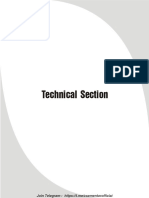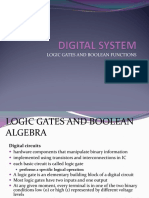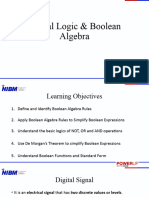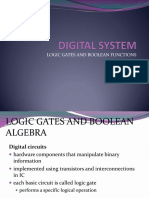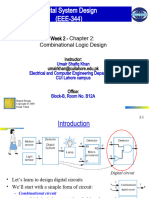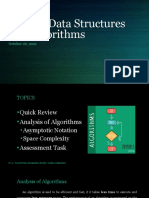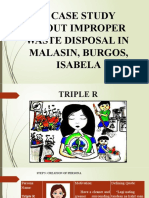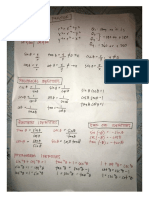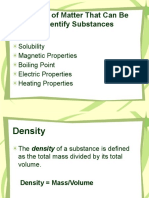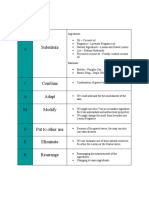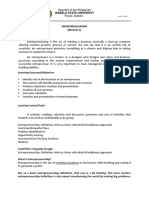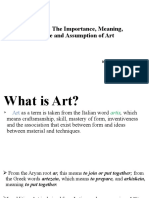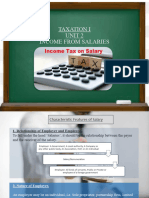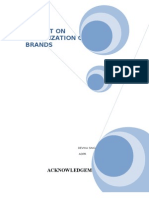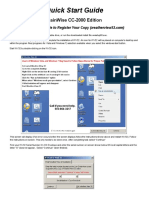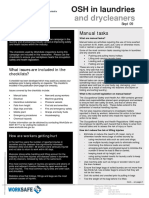0% found this document useful (0 votes)
129 views20 pagesDigital Logic Basics for IT Students
This document provides an introduction to Module 6 on digital logic and digital systems. It outlines the objectives and learning contents, which include Boolean expressions and functions, representing Boolean functions, logic gates, and minimizing circuits. The document then provides details on Boolean algebra terminology, representing Boolean functions in sum of products and product of sums forms, and an overview of common logic gates that are basic building blocks of digital circuits and systems.
Uploaded by
Marinette MedranoCopyright
© © All Rights Reserved
We take content rights seriously. If you suspect this is your content, claim it here.
Available Formats
Download as PDF, TXT or read online on Scribd
0% found this document useful (0 votes)
129 views20 pagesDigital Logic Basics for IT Students
This document provides an introduction to Module 6 on digital logic and digital systems. It outlines the objectives and learning contents, which include Boolean expressions and functions, representing Boolean functions, logic gates, and minimizing circuits. The document then provides details on Boolean algebra terminology, representing Boolean functions in sum of products and product of sums forms, and an overview of common logic gates that are basic building blocks of digital circuits and systems.
Uploaded by
Marinette MedranoCopyright
© © All Rights Reserved
We take content rights seriously. If you suspect this is your content, claim it here.
Available Formats
Download as PDF, TXT or read online on Scribd
/ 20















